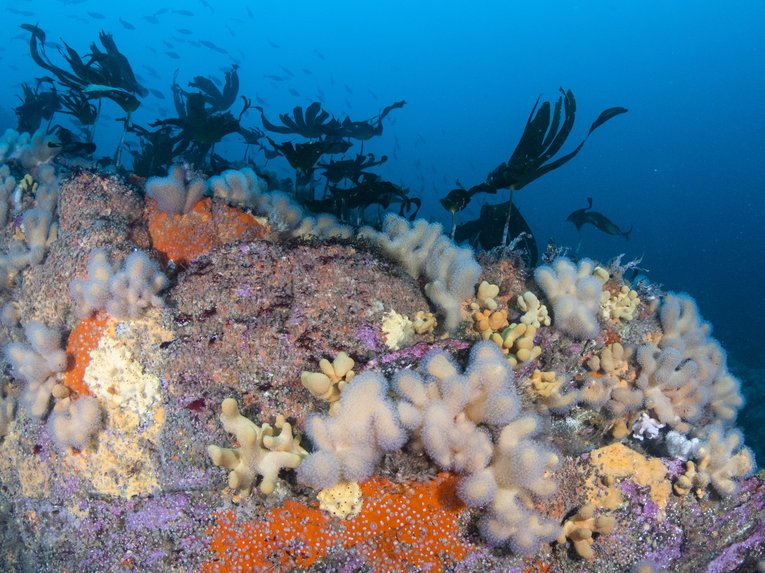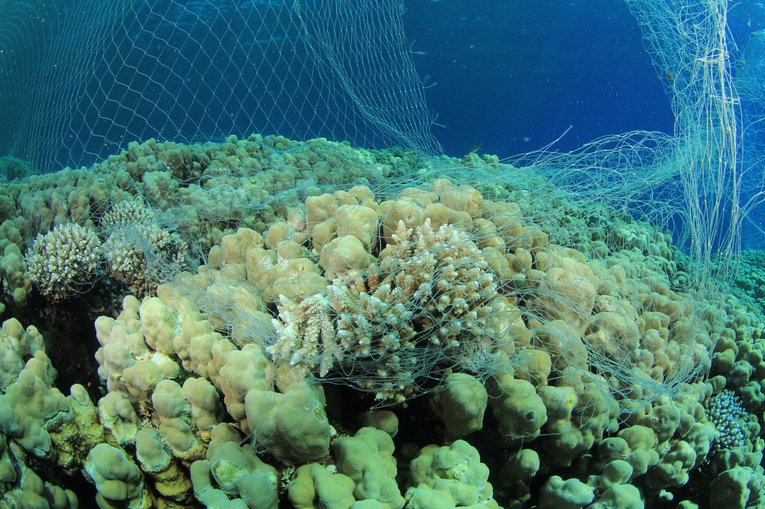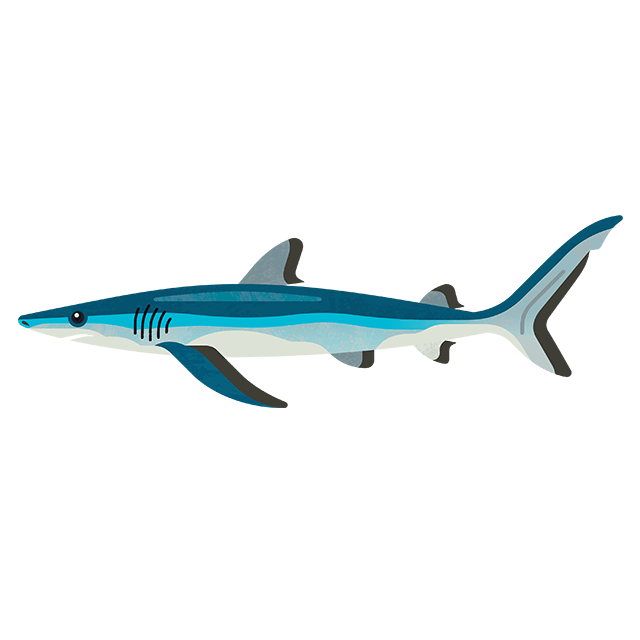
What is coral? Plus more facts about corals
Although many of us have an idea of what corals look like, do you know what they actually are? Discover all you need to know about this mysterious species with our six facts you (probably) didn’t know about corals.
Coral reefs need your help!
What is coral?
Most people think corals are plants, but they're actually animals. Corals are a type of invertebrate called 'cnidaria', meaning they're more closely related to jellyfish and anemones than they are to any flora.
Although coral reefs represent less than 1% of the ocean globally, they're the bustling cities of the underwater world. They play an important role in marine ecosystems, acting as nurseries for fish and supporting an estimated 25% of all marine species.
Now that we've covered what coral is, let's dive in to some other facts about this ocean superstar.
1. White sandy beaches are made of corals

Wave breaks on a sandy beach
Credit: Theerasak Tammachuen via Shutterstock
Hard corals, along with crushed shells of marine organisms such as molluscs, help to form the beautiful white sand beaches we enjoy on holidays.
Corals' skeletons are made of calcium carbonate, which gets eroded over time by waves and storms before being deposited onto the shore, helping to form these Instagrammable locations.
White sand beaches are also made possible by marine animals such as the parrotfish, which nibble on corals to digest the nutritious algae attached to them. Once they’ve extracted everything, parrotfish excrete the coral as sand, with a single fish producing up to 90kg each year.
2. They find plastic tasty

Plastic bottle on the shoreline
Credit: Canetti via Shutterstock
Most animals eat plastic because they mistake it for other food, such as marine turtles that think plastic bags look like jellyfish. But research suggests that corals might actually find plastic tasty. The chemical additives found in plastic seem to act as a stimulant that makes it appealing to corals.
However, this is not good news as microplastics don't provide the sustenance that corals need to survive and can lead to malnourishment, chemical ingestion and internal damage.
3. Corals are an underwater pharmacy
Corals are the medicine cabinets of the 21st century, according to the US Department’s National Oceanic and Atmospheric Administration (NOAA). Living a largely immobile life means corals have had to evolve chemical defence mechanisms to keep predators at bay.
These defence adaptations mean that scientists keep discovering new medical treatments derived from corals' unique compounds, with these discoveries potentially leading to new drugs for treating disease.
The organic nature and bone-like structure of coral itself has also helped further medical research. Processed and treated coral skeletons have been used in bone grafting technology and it's believed that researching corals may help us understand and treat skeletal disorders such as osteoporosis.
Although their contribution to medicine is invaluable, sustainable harvesting is essential to prevent further species decline.
4. Barrier reefs act as a literal barrier

Stickleback over reef
Credit: Georgie Bull
Many of us have heard of the Great Barrier Reef, the world’s largest coral reef system in Australia. But it's not the only one of its kind. Reefs are called ‘barriers’ when they run parallel to the coastline, protecting the shallow waters from the open sea. They can also act as a barrier against tsunamis and landslides, making them extremely important as a form of protection against natural disasters as well as storms exacerbated by climate change.
In fact, stony coral reefs are arguably more effective than seagrass meadows at dispersing large waves and reducing a storm's impact because they have a more solid structure and are generally located closer to the ocean surface. However, both species combat storm impacts slightly differently and can make for a better coastal defence when working together.
5. The UK also has coral reefs

Coral reef and seaweed at Sula Sgeir, Scotland
Credit: Kirsty Andrews
We often think of coral as being found in warm, tropical locations, but coral reefs can also be found around our own shores. These cold water corals can be found on the Scottish seabed at a deeper depth than their tropical counterparts. They're less colourful and tend to form large, bush-like structures or mound-like reefs compared to the protruding coral we think of, but Scotland does have some spiny coral such as the pink sea fan too.
Corals around our cold waters tend to be more slow growing than tropical coral, which already grows extremely slowly, showing the need to prevent reef damage from actions such as chemical pollution and deep water trawling.
6. Corals outlived dinosaurs

Cuttlefish over reef
Credit: Georgie Bull
Corals were around at the time of the dinosaurs. They're 500 million years old, which makes them older than the existence of sharks and trees.
Since they grow at an average rate of just 2cm per year, some of the corals we see today have taken hundreds, or even thousands, of years to form. This is why scientists are so concerned when corals die – once they’re gone, their populations won’t be restored within a human lifetime.
6. White coral is stressed coral

An illegal poacher fishing over coral
Credit: Rich Carey via Shutterstock
White coral might look beautiful, but it’s very bad news. Most colourful corals are the product of not a single organism, but the partnership of two separate species: the coral itself, and a type of algae called zooxanthellae. The algae captures sunlight and converts it into energy, providing essential nutrients to the corals, with the coral providing the algae with a sheltered place to live in return.
When there are drastic changes in factors like temperature or pollution, it places stress on the algae. As a result, they can abandon the corals. After they leave, the corals lose their colour and eventually die from disease or a lack of food. These drastic changes are generally caused by climate change, with ocean pollution and chemical run-off also playing a role.
93% of the Great Barrier Reef was hit by a global coral bleaching event in 2016, reminding us of the fragility of these unique animals and the urgency to protect them.
What are we doing to protect coral reefs?
The Marine Conservation Society works to support marine conservation at home and abroad. We have worked closely with communities in the Turks and Caicos Islands for nearly two decades, building strong links with our local environmental partners to protect the coral reefs from disease and human activities. We're also making conservation efforts to protect other marine life found around the tropical islands.
In Scotland, we're proud to be leading the Save Scottish Seas project, securing marine conservation wins in Scotland since 2006 and ensuring that Marine Protected Areas in Scotland are enforced to allow Scotland's precious seas to flourish.





